Trends 2020: Board Learning & Decision Making
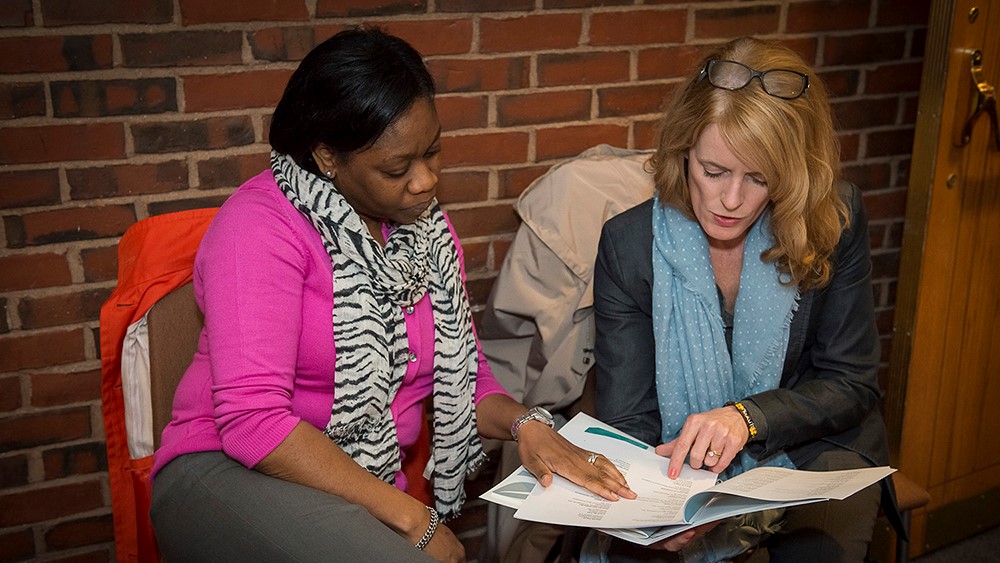
This excerpt from NCFP’s Trends 2020 study shares data and analysis regarding various US family foundation giving trends, including board activity, foundations as learning institutions, development of new ideas, and much more.
Family foundation board members must allocate time and identify ways to track and acquire the information they need to serve as effective fiduciaries for the organization. This section explores the strategies that boards and donors are using to learn about new ideas, and the ways they spend their time as board members.
Family Foundations as Learning Institutions
Two in ten family foundations have taken steps to become “active learning institutions,” defined as regularly bringing in outside speakers to board meetings, providing specialized training for board and staff members, and related activities. This is more prevalent among mid- to large-sized family foundations and those established before 1970.
While only 3% of the newest foundations report taking steps to become an active learning institution, many of these foundations are engaged in specific activities dedicated to learning (see below), indicating that there may simply be resistance to apply the “learning institution” label to their approach.
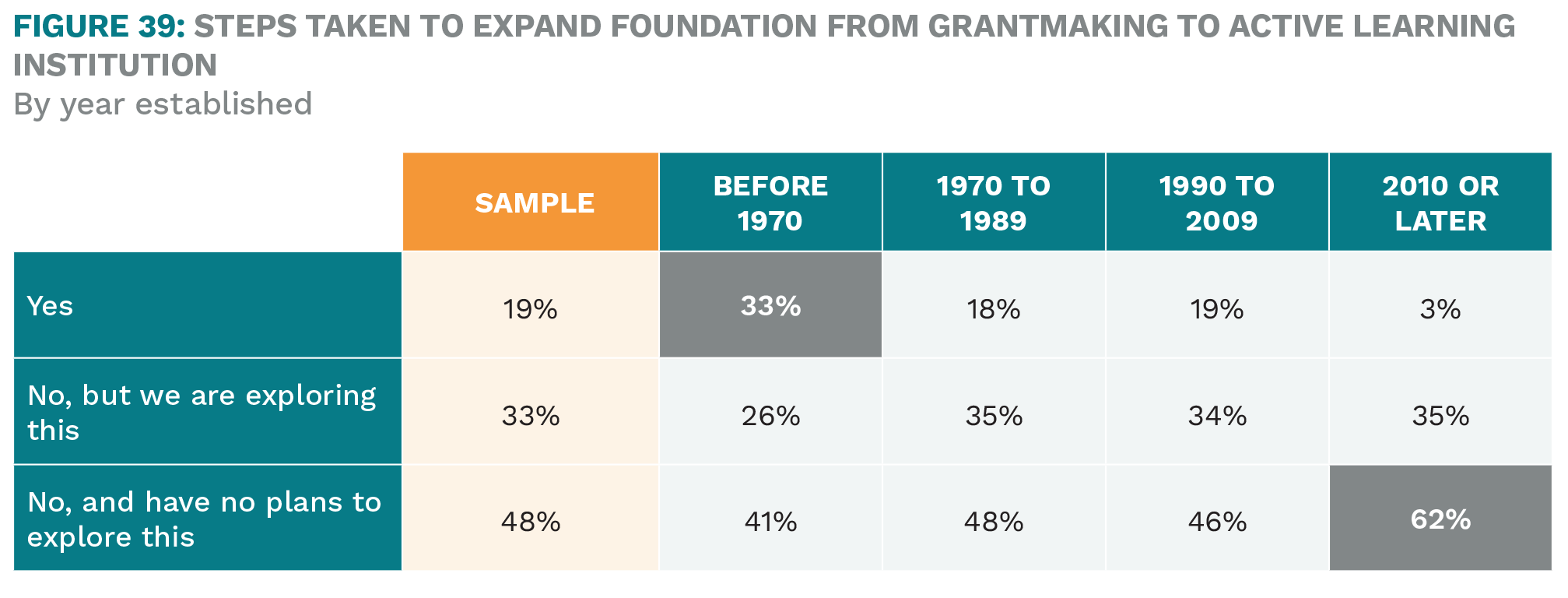
Learning About New Ideas
Family foundation boards learn about new ideas and approaches from both internal and external sources.
Larger family foundations ($200M or more in assets) use presentations by outside experts (76%), participation on nonprofit boards (57%), and social media (24%) more often than others to learn about new ideas and approaches.
Compared to their counterparts, the newest foundations are significantly more likely to learn from interacting with the community and those they serve (80%). They are also more likely than older foundations to use outside expert presentations (63%) and social media (31%).
In all but two areas, the percentage of family foundations using a particular learning strategy has decreased since 2015. The two areas in which the percentage has increased slightly include presentations by outside experts and participation in external learning opportunities. These changes may be because boards are overwhelmed by the increasing availability of information on topics and are looking for curated and/or peer-led sources of knowledge and training.
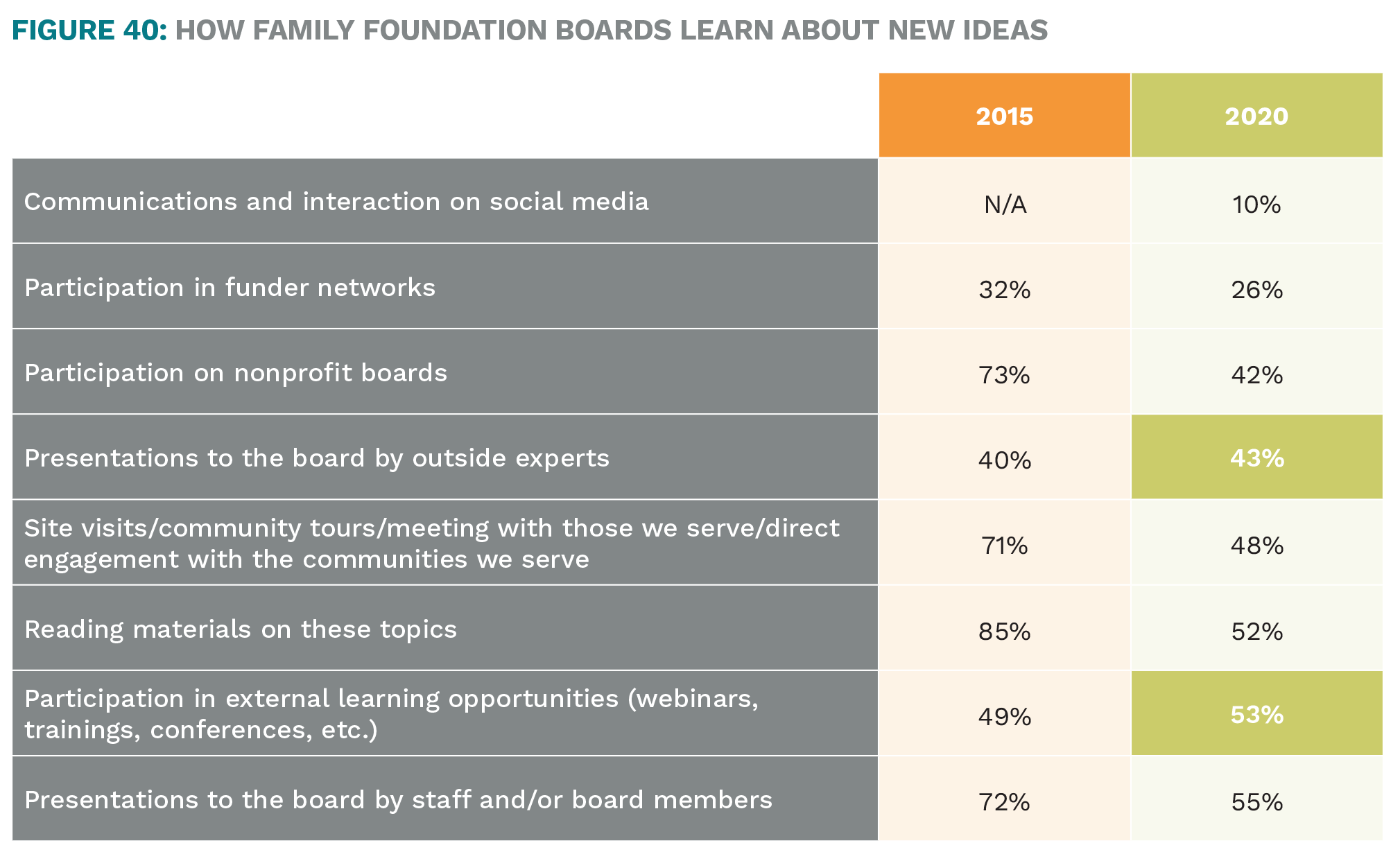
Board Activity
Aside from grant deliberation/decision making, the areas where family foundation boards spend the most time are investment management, planning/strategy, evaluation of work, and governance. (One exception to this is that family foundations created prior to 1970 appear to spend significantly less time on evaluation and reflection than those from more recent decades.) These choices are similar to results found in the 2015 Trends Study.
Newer family foundations are much more likely to spend time learning about governance, while older family foundations spend more time on activities designed to engage the next generation. At this point in time, very few family foundations report spending significant amounts of time on DEI training/ development, although one in ten foundations created between 1970 and 1989 report doing so and, as noted above, a significant percentage of newer foundation report that they are assessing DEI outcomes.
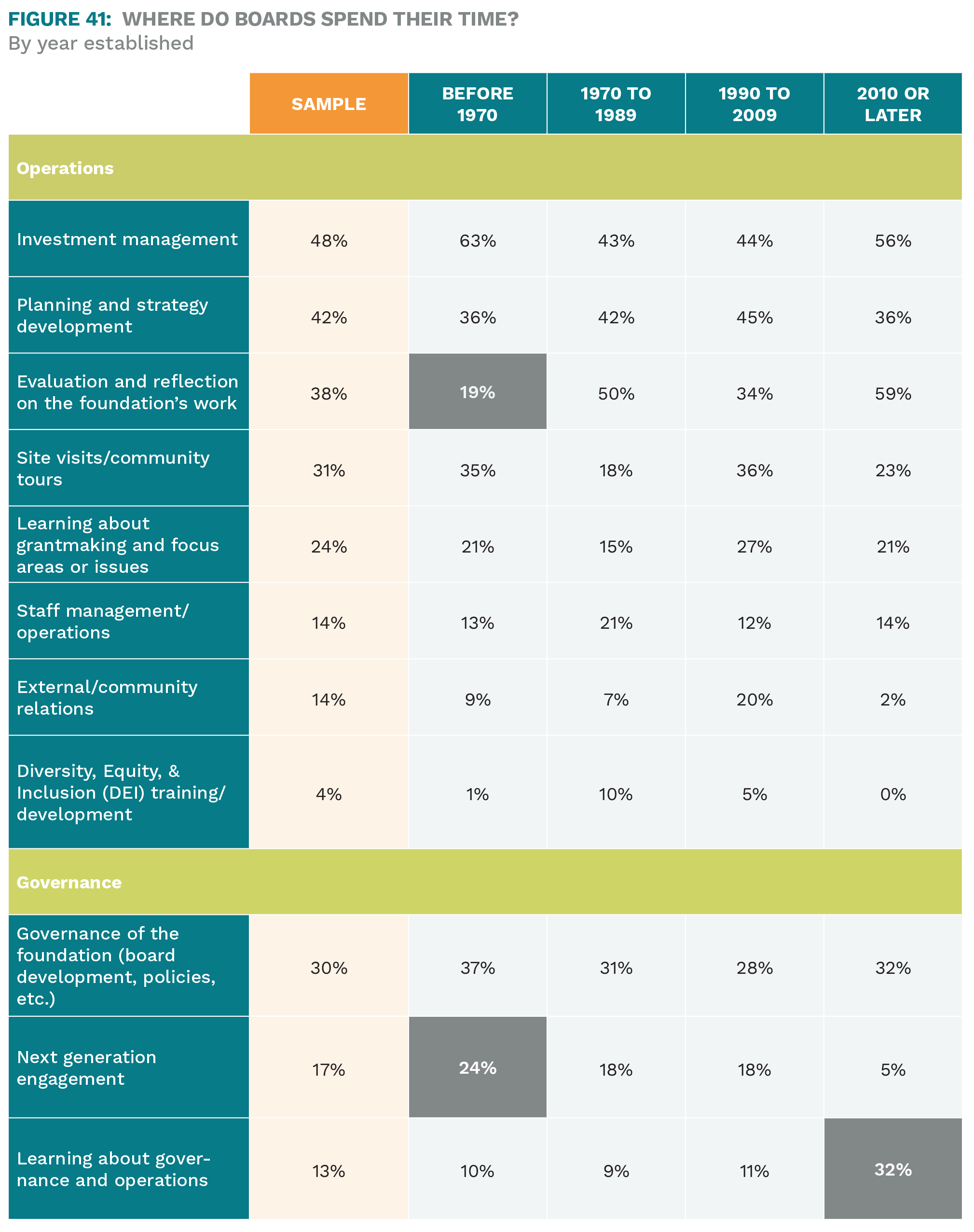
4 Percent listing each of these activities as one of the top three areas where the board spends its time aside from grants deliberation and
approval.
Family foundations that rate themselves as “very effective” in each of the three areas of internal operations, family engagement, and impact (see page 51, above) report making different choices with regards to where they spend their time.
Specifically, self-reported “very effective” boards spend more time on governance, planning, and strategy development, and less in the areas of learning about issue areas, next generation engagement, external/community relations, and DEI training.
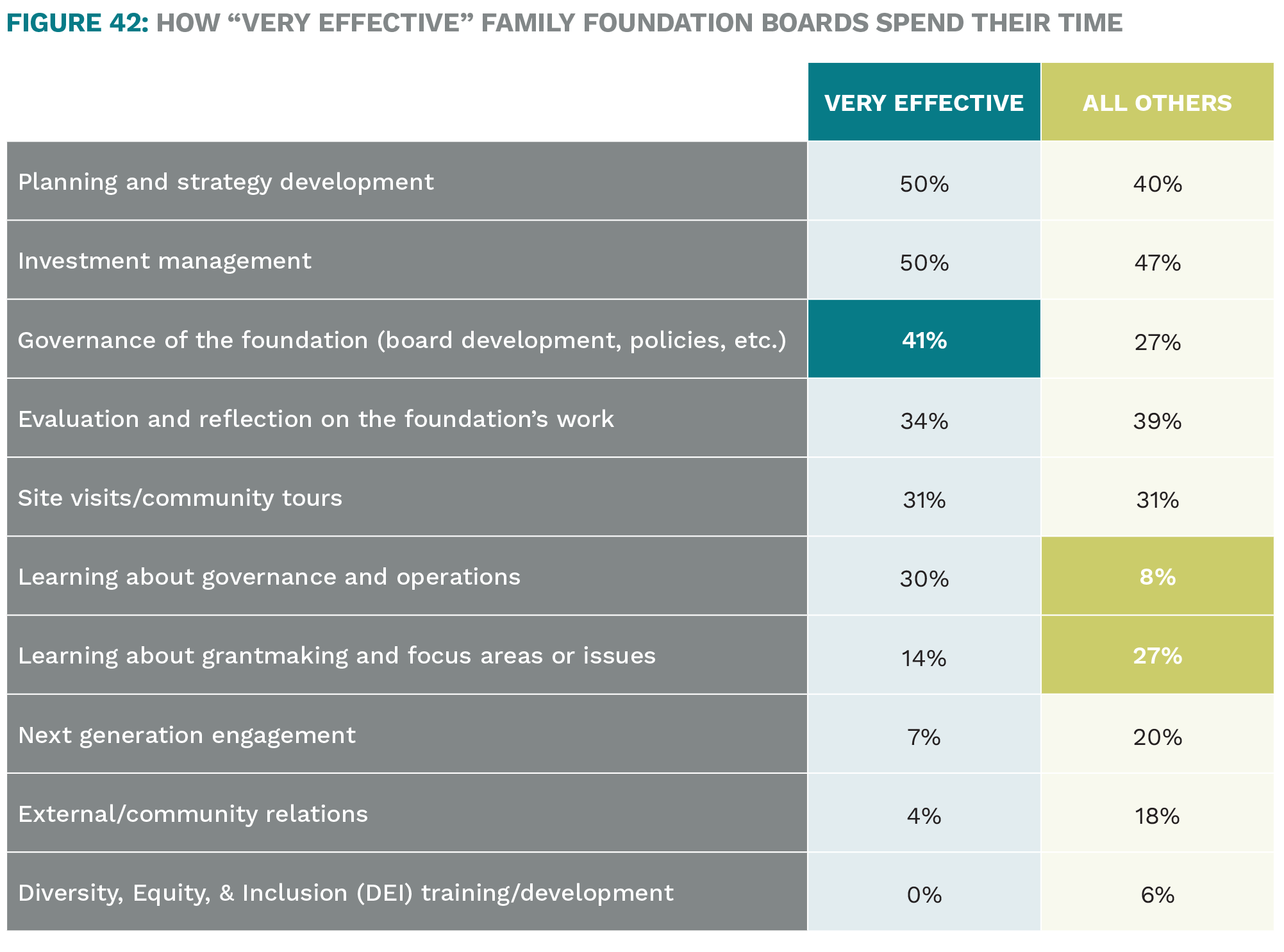
The full Trends 2020 study is available here.
